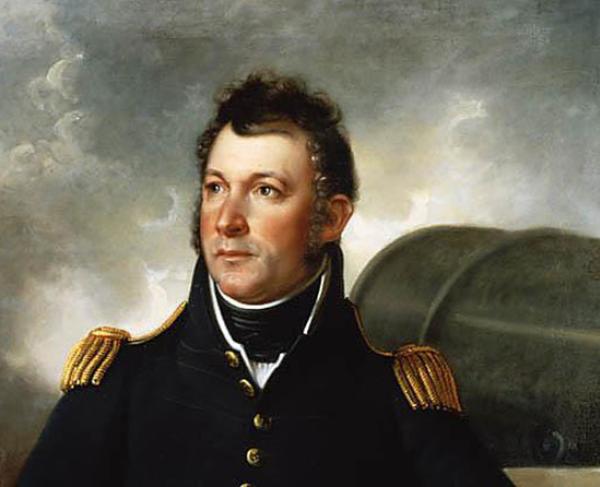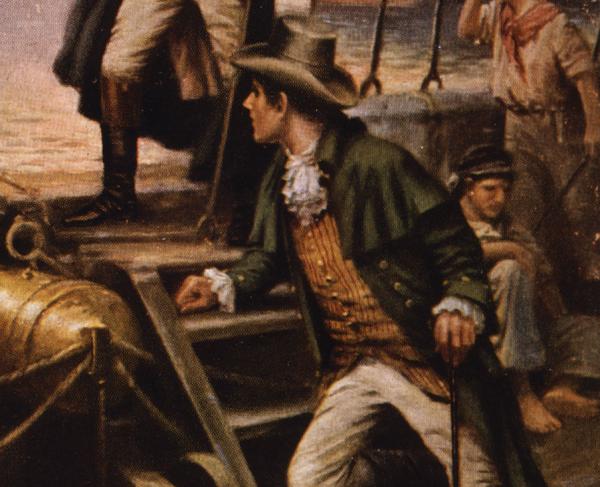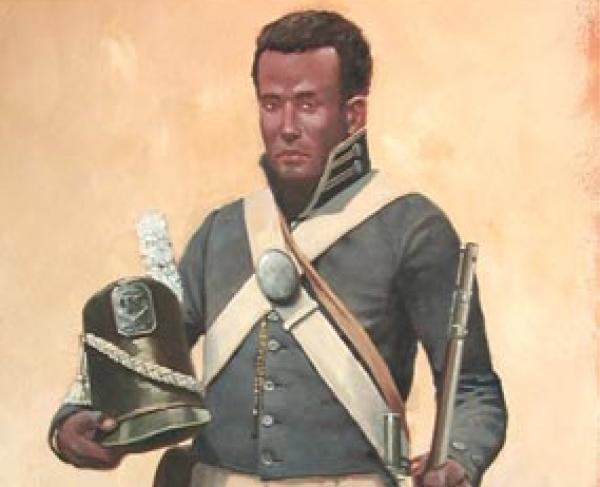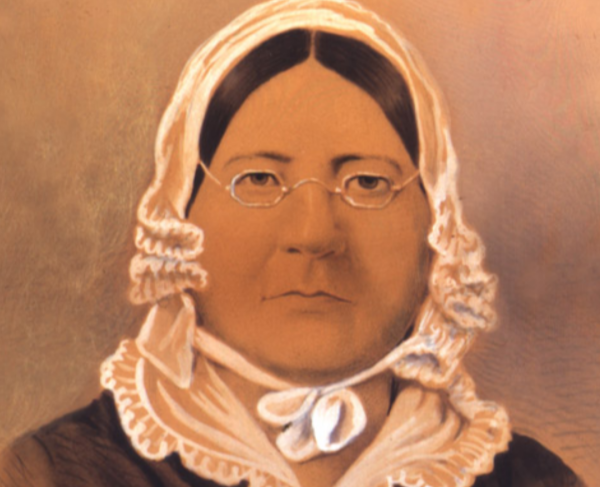George Armistead

George Armistead was born to Lucinda Baylor Page and John Armistead, in Caroline County, Virginia, in 1780. Though he and four of his brothers served as military officers during the War of 1812, George was far and away the most well-known, serving as the commander of Fort McHenry during the famous bombardment that inspired “The Star-Spangled Banner.”
Armistead began his military career during the Quasi War with France, accepting a commission as an ensign in the Seventh Infantry Regiment in January 1799. Promotions followed rather quickly and at the time of his discharge in June of 1800, Armistead had been promoted twice, rising to the rank of first lieutenant. He rejoined the army in early 1801 as a first lieutenant of artillery and was made captain in late 1806. In the period that followed, Armistead married Louisa Hughes, with whom he had three children, Mary, Christopher and Georgeanna.
At the beginning of the War of 1812, Armistead received a promotion to major and was assigned to the 3rd Artillery Regiment. He served at Fort Niagara on the Canadian border and distinguished himself at the Battle of Fort George on May 27, 1813. Following the capture of Fort George, Armistead traveled to Washington, D.C., to present captured British flags to President James Madison. Upon arriving in Washington, Armistead was ordered to Baltimore to take command of Fort McHenry, the centerpiece that vital city’s defenses.
Baltimore was the third largest city in the United States and an obvious target for the British. By the time Armistead took command of Fort McHenry in June of 1813, British ships had already been sighted near the city. Though in poor health, Armistead tirelessly prepared to receive an attack. Among his many preparations, Armistead commissioned Baltimore flag maker Mary Pickersgill to construct two flags for the fort, a smaller storm flag, and a larger garrison flag. The later flag was to measure 30 by 42 feet, “so large that the British would have no difficulty seeing it from a distance.”
Armistead continued to command Fort McHenry through the rest of 1813 and into the summer of 1814. That summer, the British invaded the Chesapeake Bay and captured Washington, D.C., burning the Capitol and the White House. Baltimore was their next target. On September 10, the British descended on Charm City with land and naval forces. When the attempt to take Baltimore by land stalled, the Royal Navy proceeded to bombard Fort McHenry. Armistead commanded the fort during the grueling, 25-hour bombardment, directing the fire of his guns as the British attempted to subdue the fort. At 9:00am on September 15, 1814, after the cannonading had ceased, Armistead ordered the garrison flag to be raised over the fort. The sight of the Stars and Stripes waving over the fort inspired onlooker Francis Scott Key to write a poem entitled “The Defense of Fort McHenry,” known today as the lyrics to “The Star-Spangled Banner.”
In the years between the Battle of Baltimore and his untimely death in 1818, Armistead remained in command of Fort McHenry. Though no one knows quite how, he acquired the garrison flag and kept it as a family heirloom. After his passing, the flag remained with his widow, Louisa, who, upon her death in 1861, bequeathed it to their daughter, Georgeanna Appleton. Georgeanna appreciated the flag’s national significance and allowed it be displayed to the public on several occasions. Following her death in 1878, the flag passed to Ebenezer (Eben) Appleton, George Armistead’s grandson, who eventually gave the Star-Spangled Banner as a gift to the Smithsonian Institution, where it has resided ever since.
George Armistead is buried in Baltimore, alongside his nephew, Confederate general Lewis Armistead.


